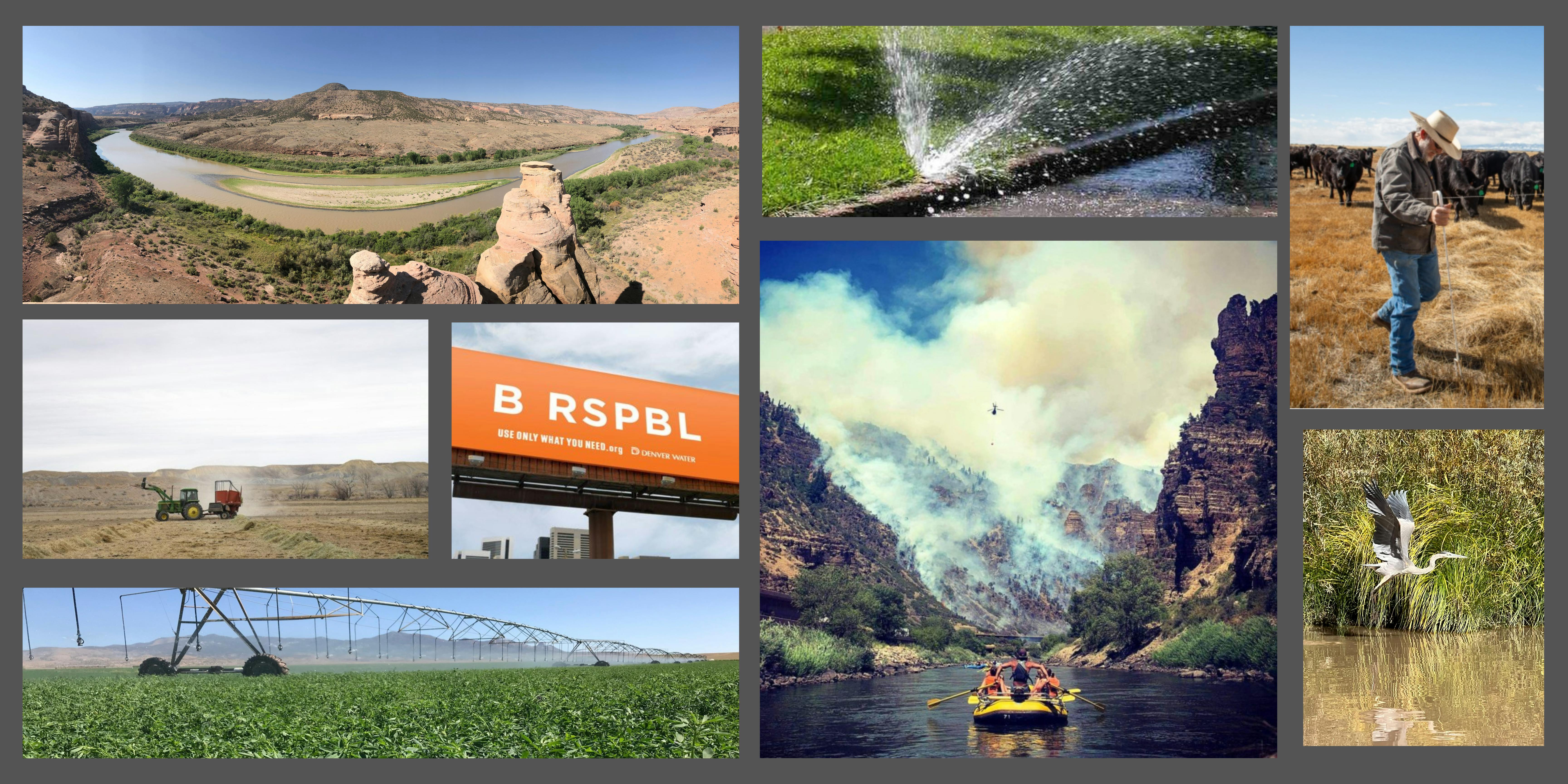Recreational Drought Vignette
 We are never in a drought alone. All of us are residents of a watershed. My family chose the Colorado River watershed in the Grand Valley as home -because we are river people. In 2019, the Colorado River hit high-water. In 2020, you could walk across the boats, boards and tubes on the River with the community seeking river time during the pandemic. Outfitters were busy. Water-based recreation brings $18 billion annually to Colorado. However, 2021 held a painful story.
We are never in a drought alone. All of us are residents of a watershed. My family chose the Colorado River watershed in the Grand Valley as home -because we are river people. In 2019, the Colorado River hit high-water. In 2020, you could walk across the boats, boards and tubes on the River with the community seeking river time during the pandemic. Outfitters were busy. Water-based recreation brings $18 billion annually to Colorado. However, 2021 held a painful story.
With intensifying drought and historic wildfires, my river and life changed. In 2021, extremely low flows and high water temperatures threatened fish in the Upper Colorado River and made friends and family river trips impossible. Parallel stories played out on the Yampa and Dolores Rivers too.
Late summer brought a stop to river family visits. Rains on the Grizzly Creek burn scar mobilized debris flows which closed I-70, nearly dammed the river, and mucked water quality. Down watershed I sadly like so many other community members, ended paddling trips on the Colorado because the turbidity and low flows were just unbearable. The joy was lost.
Not only were there fewer recreation opportunities, wildlife and riparian health faded. I watched Great Blue Herons fish and miss repeatedly due to poor water conditions. By end of summer riverside vegetation singed and cottonwoods and willows dropped their leaves early.
Drought and wildfire impacts took quality of life, river recreation, riverscapes and local economies. When the watershed is impacted by drought, we all are too.



Thank you for your contribution!
Help us reach out to more people in the community
Share this with family and friends